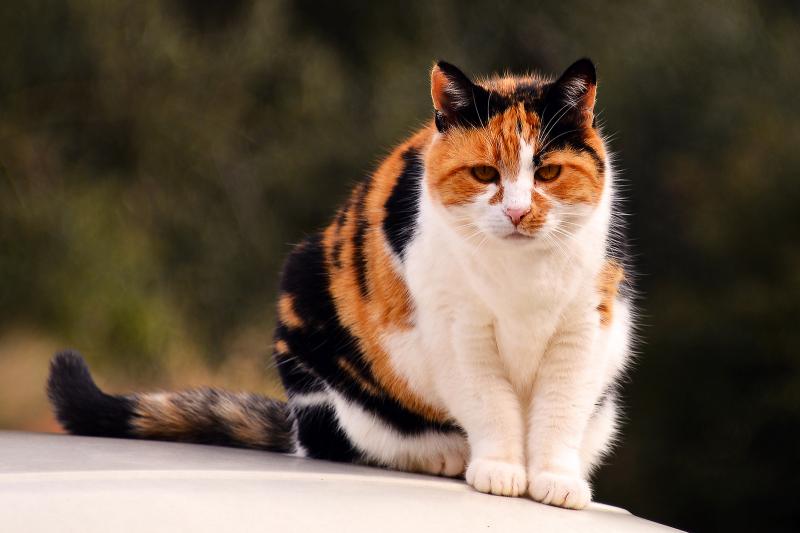calico cats for sale are loving, affectionate pets, but they can also be one of the hardest animals to read when it comes to interpreting their moods and body language, particularly when you consider the dog, who is virtually an open book by comparison!
However, cats use a whole range of different communication signals, both when it comes to communicating with other cats, and also with people. Cats’ channels of communication include vocal signals, body language, facial expressions and much more, and once you are able to accurately interpret these signals, you will be able to gain a much better understanding of your cat’s mood, and what they are trying to tell you!
If you find yourself constantly flummoxed when it comes to judging your cat’s moods and want to develop a better understanding of how to interpret their communication signals, this article will help. Read on for a short run-down of the communication signals used by cats, and what they mean.
The cat’s tail can communicate a whole range of signals and emotions, and as this is one of the most obviously identifiable areas of the body, the tail makes for a good starting point!
A cat whose tail is held up high and erect indicates confidence, interest and often, happiness. If a strange cat wanders up to you in the street with their tail in this position, it is safe to assume that they want to say hello!
If your cat’s tail is held low and straight, this is a good indication to back off as your cat is annoyed or looking for a scrap! It is, however, worth bearing in mind that for some breeds, the natural carriage of their tail is lower than others, so get to know the normal posture for your own cat’s tail when judging this.
A tail that is swinging tautly back and forth is a clear warning beacon that your cat is becoming aggressive; you may also see this tail posture as part of hunting behavior, or play. The faster the swinging, the more irritated your cat is! Gentle swishing of the tail, however, indicates interest. If the tip of the tail is twitching slightly but the tail is relaxed, this is a friendly, contented signal.
If your cat’s tail is bushed up like a bottle brush, this indicates that your cat’s fight or flight responses have kicked in, and your cat is trying to make themselves look as large and threatening as possible, so again, proceed with caution!
If your cat’s ears are in a relaxed position and pointing forwards, they are either listening to something, or are generally at peace and contented. Ears laid flat back against the head indicates either fear or anger; both emotions will provide a cue to your cat to protect the delicate ear tissue by making it into as small a target as possible.
A calm, happy cat’s fur will be lying flat and smooth, but if your cat’s fur is bushed up, either something has unsettled them, or they are squaring up for a fight! When a cat is preparing to fight or defend themselves, the fur across the whole of their body will stand on end, in order to make the cat look as large and imposing as possible to potential threats. They will also often arch their backs, and present a side-on view of their body to their opponent, which again, are all intended to make the cat look larger.
In the human world, making eye contact when we are speaking is our way of letting the other party know that we are listening and interested in what they are saying, and not making eye contact is considered very rude! However, for cats, making direct eye contact is the height of bad manners, and indicates dominance and potentially, a threat. This is why cats often seem to make a beeline for the one person in the room who is either scared of cats or not particularly keen on them; this person is likely to be the only one that is deliberately avoiding looking at the cat in the hopes of being left alone, and yet in cat language, this person is displaying excellent manners that should be rewarded with the first hello!

